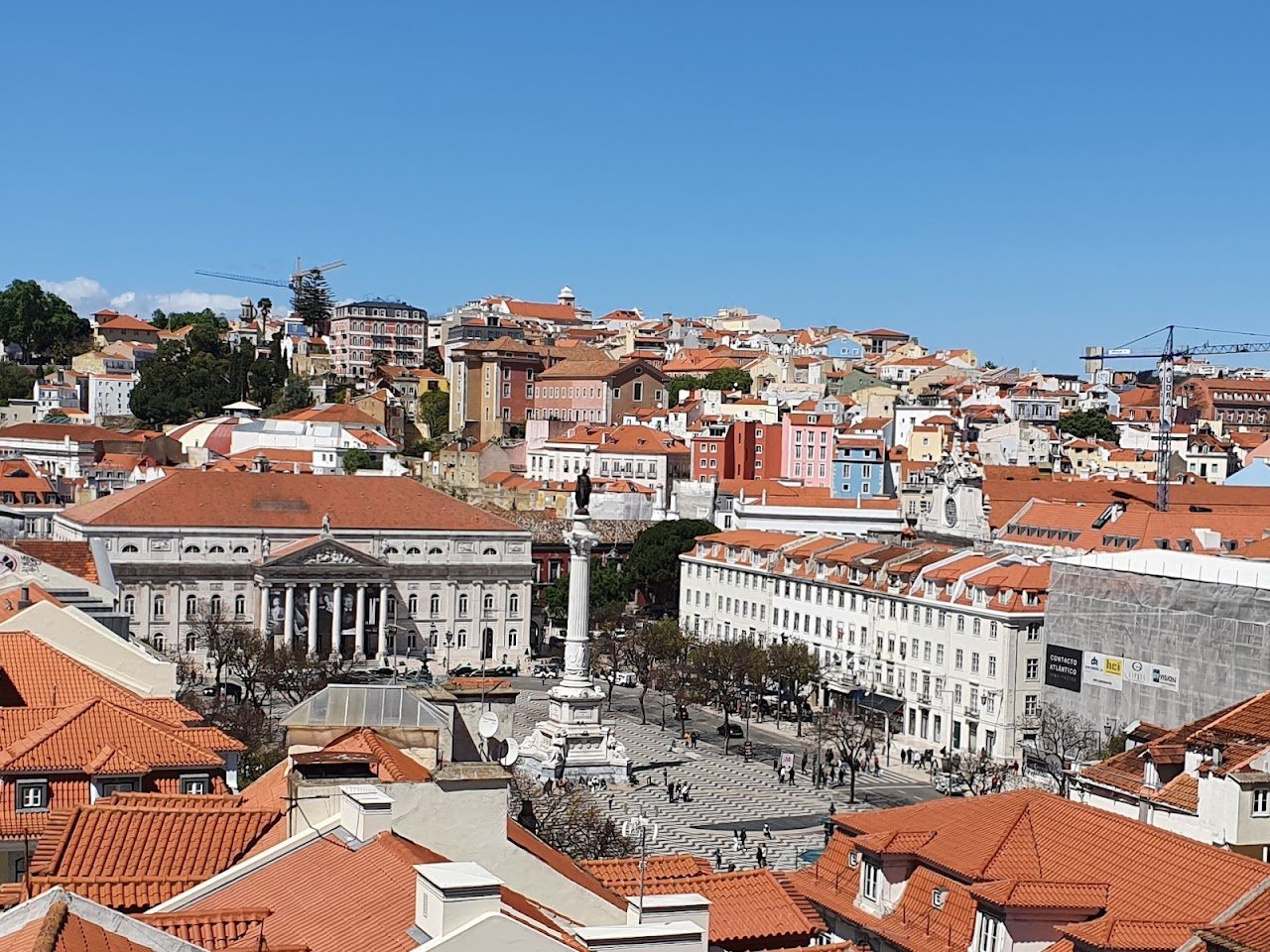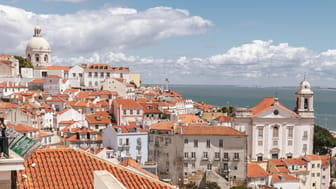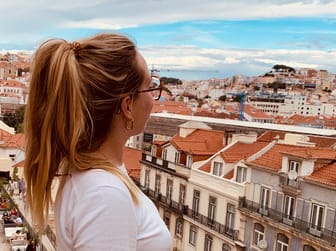Praça Dom Pedro IV



Ask ThatchGPT
Suggest a local expert to plan my trip
Suggest an unique itinerary for my Portugal trip
What foods do Portugal locals eat
What are some true hidden gems in Portugal
Help me brainstorm trip ideas for Portugal
Help me plan a family-friendly trip to Portugal
What people say
Pedro Pereira
Available for hire
"The Rossio became an important place in the city during the 13th and 14th centuries, when the population of the city expanded to the lower area surrounding the Lisbon Castle hill. The name "rossio" is roughly equivalent to the word "commons" in English, and refers to a commonly owned terrain. Around 1450, the Palace of Estaus, destined to house foreign dignitaries and noblemen visiting Lisbon, was built on the north side of the square. After the Inquisition was installed in Lisbon, the Palace of Estaus became its seat, and the Rossio was frequently used as setting for public executions. The first auto-da-fé took place in 1540.
Most buildings around the Rossio date from the reconstruction of the Pombaline Downtown carried out after the great 1755 Lisbon earthquake, which levelled most structures in the area, including the magnificent All-Saints Hospital. Only the Palace of the Independence survived the catastrophic earthquake. The rebuilding of the Rossio was undertaken in the second half of the 18th century by architects Eugénio dos Santos and Carlos Mardel, responsible for the typical Pombaline appearance of the buildings around the square."
Mentioned in these guides
About Praça Dom Pedro IV
Get the inside scoop on Praça Dom Pedro IV from local experts, travel creators, and tastemakers. Browse genuine trip notes, Praça Dom Pedro IV reviews, photos, travel guides, and itineraries from real travelers and plan your trip with confidence.
Save this spot for later or start mapping out a new trip today
Try our AI Travel Assistant and get instant answers to any questions about your trip.
Ask ThatchGPT


